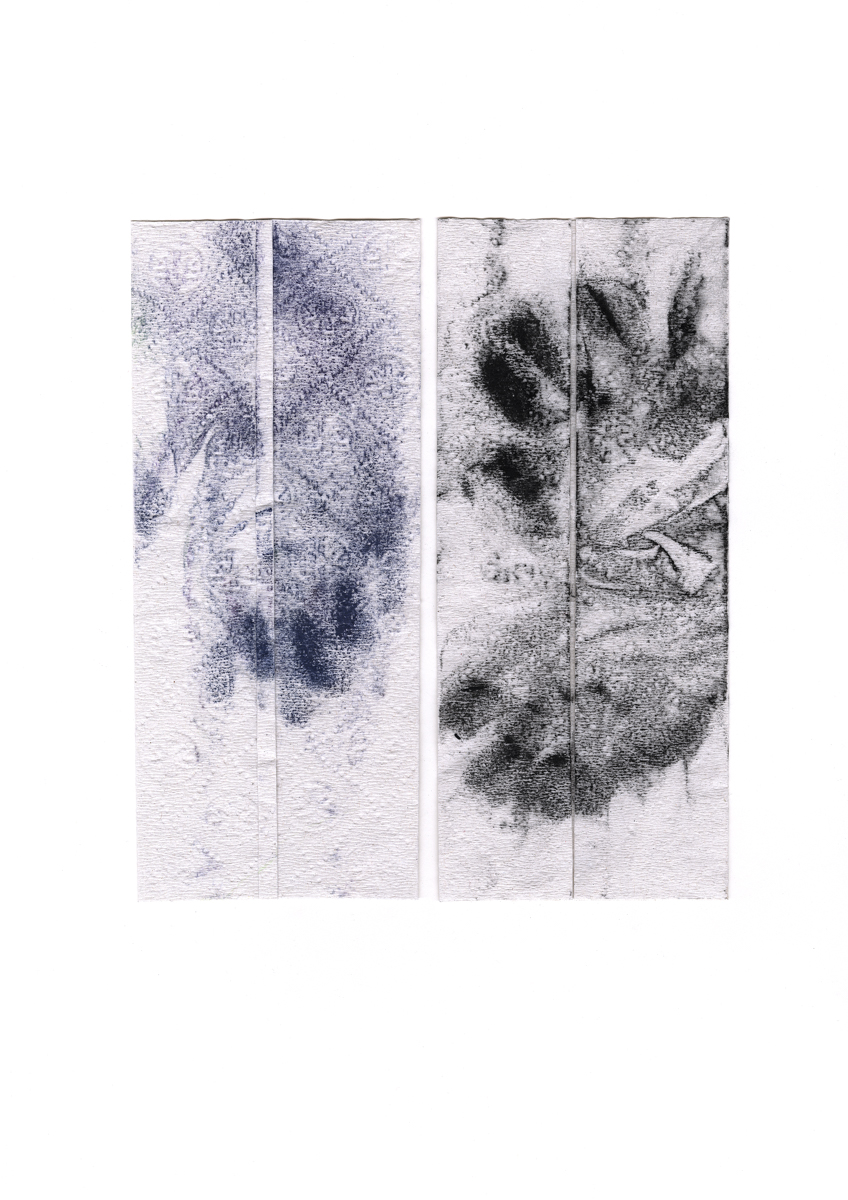Transcending both reality and fantasy, Janiva Ellis creates vivid paintings with unconstrained composition where vibrant colours offer a hint of cheerfulness and comfort, while exploring pain and violence.
Ellis is a Los Angeles-based visual artist working primarily as a painter. She creates raw and intimate paintings of contorted, exaggerated, drooping and distorted human and human like forms.
Her representation of figures is not bound by any fixed formality —decapitated heads, floating heads, heads with multiple sets of eyes, internal organs erupting from the body —these depictions are surreal but also a little bit frightening.

“To me, my images aren’t any more violent than many everyday interactions. Any more anguished than they are obliged. The unrest in my work represents a release, a shared sardonic moment of tension and amusement.” – shares Ellis in an interview with Artsy.
Ellis is most known for her dark and absurdist paintings which integrate cartoons and bold colours. In 2017, she presented a series of paintings at New York’s 47 Canal Gallery (Lick Shot) seeking to explore her own experiences of pain – using playfulness as a form of reprieve. Curator Kevin McGarry described the show as “a series of glimpses into the divine comedy of existing in a world where pain is met with doubt; into dynamics that are blatant and never-ending, yet consistently denied their truth.”

Despite the seemingly humorous and playful approach, Ellis’ works acts as a critical framework for exploring deep psychological trauma and the very complex intersections between race and gender. Her work often has an unexpected effect of shock, much like how trauma itself works. “You’re in this pleasant situation, picking up a cabbage, but there’s still a fraught dialogue that happens, whether it be a memory or somethings a stranger says that can feel psychologically eviscerating” she explained in an interview with the New York Times, speaking in particular to one of her paintings; ‘Curb-Check Regular, Black Chick’ (2017). This work depicts a scene at a fruit and vegetable market with one of the character’s insides gushing outside of her body.
Ellis participated in The 2018 New Museum Triennial – an exhibition dedicated to providing an important platform for a new generation of artist shaping the global discourse in contemporary art. This year’s participants included; Cian Dayrit (b. 1989, Manila, Philippines), Haroon Gunn-Salie (b. 1989, Cape Town, South Africa) and Chemu Ng’ok (b. 1989, Nairobi, Kenya) among others. The theme; ‘Songs of Sabotage’ sought to investigate “how individuals and collectives around the world might effectively address the connection of images and culture to the forces that structure our society”. Ellis’ satirical paintings – which seems weightless yet fraught with immerse heaviness – offer a degree of political engagement and continue to build a dialogue around issues of trauma and violence.
Ellis’ work carries a beautiful strangeness and offers us strategies of release through giving form and a new language to pain – disturbing the comfortable and comforting the disturbed.



































